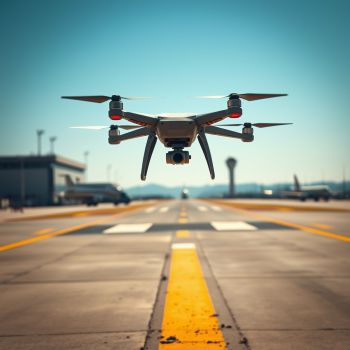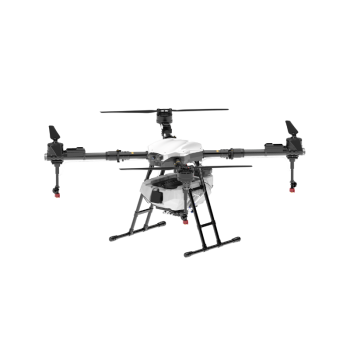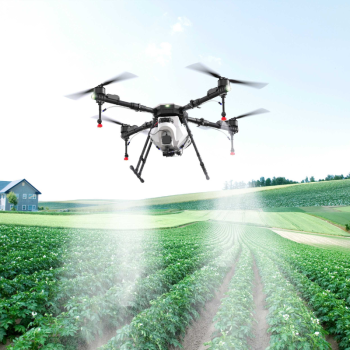Key points for remote control maintenance of agricultural drones
Essential Maintenance Tips for Remote Controllers of Agricultural Drones
Proper upkeep of your agricultural drone’s remote controller ensures reliable performance, extends its lifespan, and prevents operational failures during critical tasks. Below are key practices to integrate into your maintenance routine.
Cleaning and Physical Inspection
Regular cleaning prevents dirt, dust, or agricultural chemicals from damaging internal components. Use a soft, lint-free cloth to wipe the exterior, paying attention to buttons, joysticks, and seams where debris may accumulate. Avoid abrasive materials or harsh chemicals that could erode protective coatings.
Inspect the controller for physical damage after each use. Check for cracks in the casing, loose buttons, or worn-out grips. Address minor issues promptly to avoid escalating problems. For instance, a sticky button may indicate liquid ingress, requiring immediate drying or professional servicing.
Battery Care and Storage
The remote controller’s battery is its lifeline. Always use the manufacturer-recommended charger to prevent overcharging or voltage mismatches. Store batteries in a cool, dry place away from direct sunlight, as extreme temperatures degrade performance and safety.
If the controller won’t be used for extended periods, discharge the battery to around 40–60% capacity before storage. This range minimizes stress on the cells. Periodically check stored batteries for swelling, leaks, or unusual heat, which signal the need for replacement.
Calibration and Software Updates
Calibration ensures accurate joystick and sensor responses. Follow the manufacturer’s guidelines to recalibrate controls, especially after firmware updates or hardware repairs. Skipping this step may lead to erratic drone behavior, compromising spraying precision or flight stability.
Keep the controller’s software updated to access performance improvements and security patches. Enable automatic updates if available, or check the manufacturer’s portal monthly for new releases. Outdated firmware can cause connectivity issues or compatibility problems with drone systems.
Protecting Connectivity Components
Antennas and signal ports are vulnerable to environmental damage. Avoid bending or covering antennas during operation, as this weakens signal strength. After fieldwork, gently clean antenna connectors with compressed air to remove dust or moisture.
Inspect USB ports, HDMI slots, or other data interfaces for corrosion or debris. Use a dry toothbrush to dislodge particles, and avoid inserting damaged cables, which can short-circuit internal circuits.
Storing the Remote Controller Properly
Choose a dedicated storage case to shield the controller from impacts, humidity, and pests. Ensure the case is clean and dry before placing the device inside. If storing long-term, remove the battery to prevent leakage damage.
Avoid leaving the controller in vehicles or outdoor sheds, where temperature fluctuations can warp plastic components or degrade electronic parts. A climate-controlled environment is ideal for preserving functionality.
By prioritizing these maintenance practices, you can maximize the reliability and efficiency of your agricultural drone’s remote controller, ensuring seamless operations during planting, spraying, or monitoring seasons.




